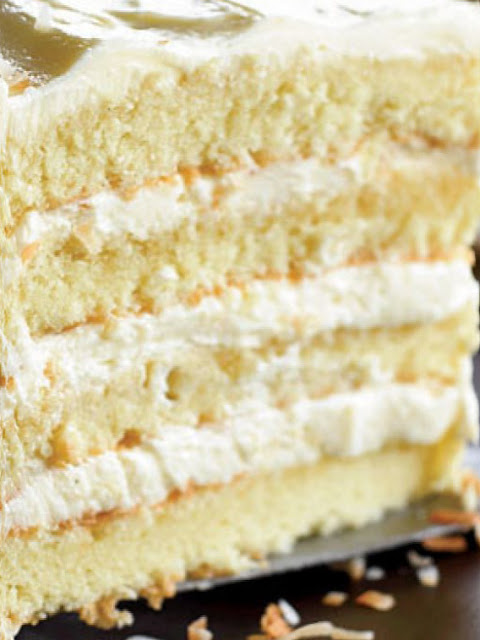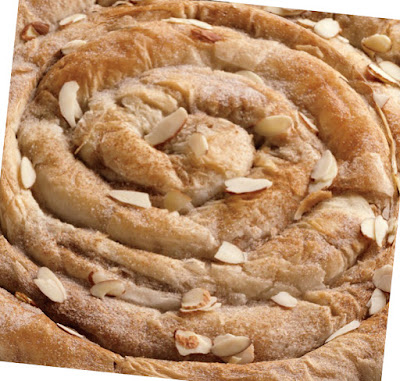Kale Benefits. Kale is a superb source of such antioxidant vitamin K, vitamin C, and vitamin A. An excellent source of fiber, lutein and beta-carotene. It is also high in cancer-preventing glucosinolates and low in calories, at only about 35 per cup.
What does Kale Taste Like?
Kale leaves have a unique earthy taste, a minerality tang, and a hearty chew. The flavor can be bold, yet it retains a detectable sweetness. The green is not peppery or pungent like some of its brassica cousins, though older leaves or those from plants grown in warmer weather often take on a hint of bitterness. Kale accommodates well to many cooking methods, including sautéing, steaming, roasting, or simmering in soups, stews, baked and fried. It can also be served raw.
What are the Healthiest Type of Kale?
Most grocery stores carry at least one of these kale varieties.
There are so many types of kale. However, the three most ubiquitous are curly kale, lacinato kale (aka dinosaur kale, black kale, Tuscan kale, or cavolo nero), and red Russian kale. The most common type of kale purchased from the market is curly kale.
Curly kale: Bulky, fluffy bright green leaves with lighter green or whitish stems and thick center ribs.
Lacinato kale or Tuscan kale (also known as Lacinato, dinosaur, cavolo nero, black, or Italian): Elongated, flat but wrinkled leaves, ranging in color from a dark, rich mineral green to nearly black. Ribs and stems are lighter green.
Red Russian kale: Broad, serrated dark green leaves with purple-tinged edges. The leaves can be flat or curly, with purplish pink stems and ribs.
Are Kale Chips Really Good for You?
One cup of chopped kale contains just 34 calories, and 1 tablespoon of olive oil contains 119 calories for a total of 153 calories in a homemade batch. Many unhealthy snack foods like cookies, donuts or potato chips can contain more than 300 calories in a typical serving.
Kale chips have become a bit of a phenomenon in the last few years but, in all honesty, the prices that many manufacturers charge are beyond a joke – for a bit of dried-up kale! They are super easy and very cheap to make yourself.
Serves: 2 persons
INGREDIENTS:
500g (1lb 2oz) curly kale
olive oil, for drizzling
sea salt
COOKING DIRECTIONS:
1) Preheat the oven to 140°C/275°F/Gas mark 1.
2) Pick out and discard any of the thicker, woodier stems from the kale. If you want to cut kale into smaller pieces, tear or rip them with your hands. Do not use knife to chop into smaller pieces.
3) Drizzle the leaves with olive oil and sprinkle over as much sea salt as you fancy, then toss well to ensure even coverage. Lay the kale in a single layer over several baking sheets (or cook them in batches).
4) Bake in the oven for around 25 minutes until nice and crispy, keeping an eye on them to make sure they do not burn. Allow to cool completely before storing in an airtight container.
Related Healthy Recipe: How to Make Ultimate Indian Veggie Burger - Vegetarian Recipes
How to Store Kale Chips?
How do you keep kale chips crispy? Put dry uncooked rice or desiccant packets into the bottom of your airtight storage container then put the kale chips loosely on top. The rice works as a drying agent, absorbing any excess moisture and keeping your kale chips crispy.
How Long Can You Store Kale Chips?
I dehydrated my kale chips then stored them in a Ziploc bags or mason jar sealed with a vacuum sealer. They stayed good for the one week and still tasted fresh.
Do You Store Kale Chips in the Fridge?
You can store them in the fridge using clean paper bags. If your kale chips lose their crunch, re-crisp them by spreading them out on a baking sheet again and baking at 300 F/149 C for just 5 - 7 minutes.
How Do You Keep Kale Fresh?
You want to store fresh kale in the refrigerator but in the coldest part of the fridge. Kale tends to get more and bitterer the longer it is left at room temperature, so keep it cool. I tightly wrap my kale in a paper towel and then place it in an airtight bag.
Do you want to know more? Learn how… Complete Guide to Storing Fruits and Vegetables at Home
Where to Buy Best Kale Chips Safe and Secure?
No time to cook homemade kale chips! Do you want convenience and portability?
Treat yourself to a crispy kale chips packed with the nutritional power of superfood kale. Buy kale chips of the highest quality - and get them delivered FAST from Amazon.com straight to you anywhere! Have fun browsing a huge range of natural and organic kale chips. Air-crisp organic kale that has been tossed in on handcrafted dressings. Try it once, learn more, just click here now, Rhythm Superfoods Kale Chips.
References:
Dale Pinnock. 2017. The Medicinal Chef: How to Cook Healthily: Simple Techniques and Everyday Recipes for a Healthy, Happy Life. Quadrille Publishing Ltd. ISBN-13: 978-1849499538
Laura B. Russell. 2014. Brassicas: Cooking the World's Healthiest Vegetables: Kale, Cauliflower, Broccoli, Brussels Sprouts and More. Ten Speed Press. ISBN-10: 1607745712









